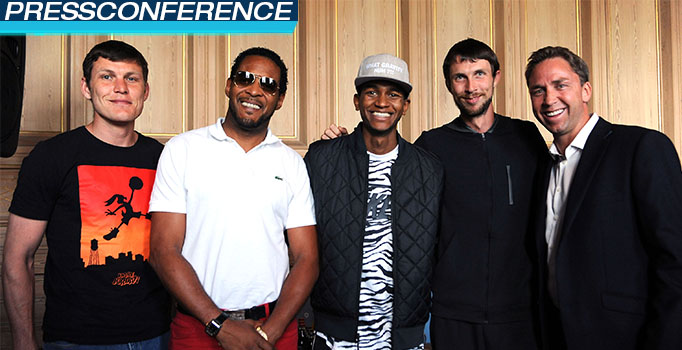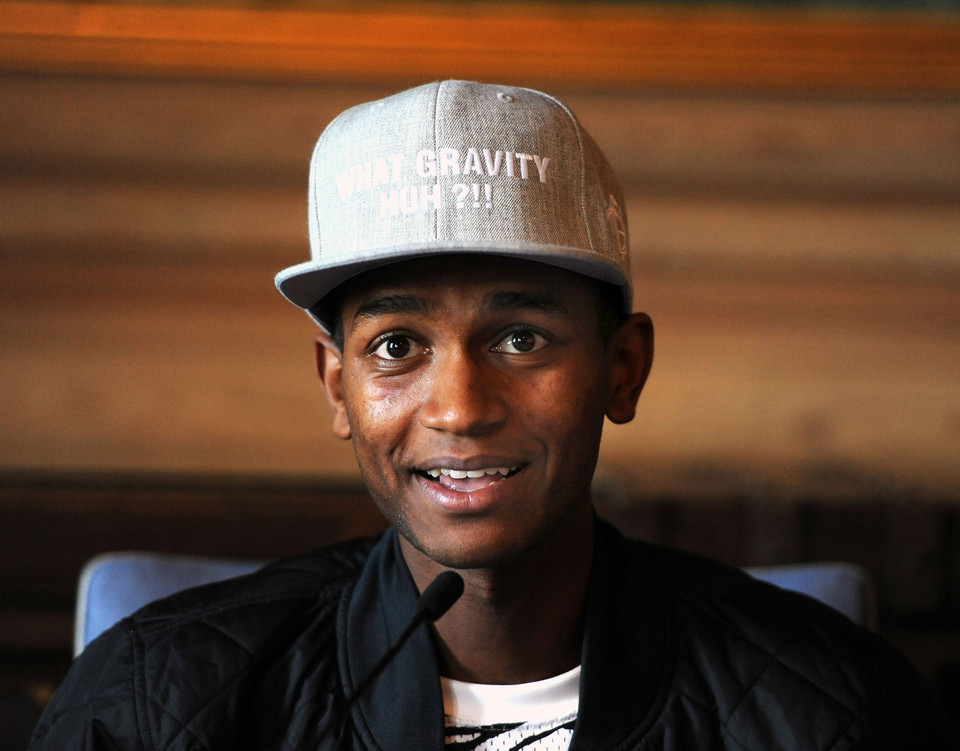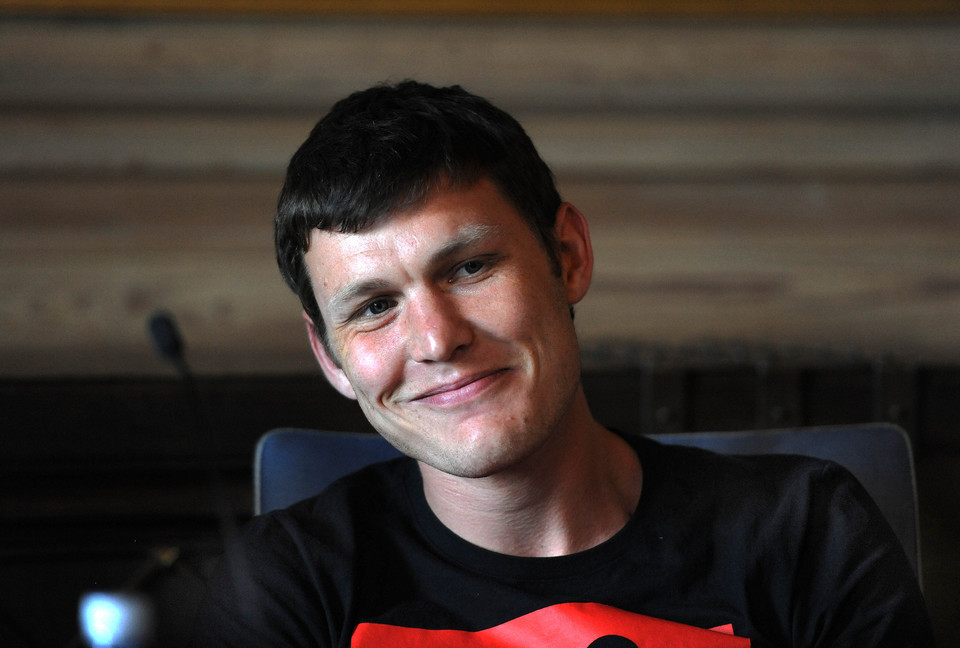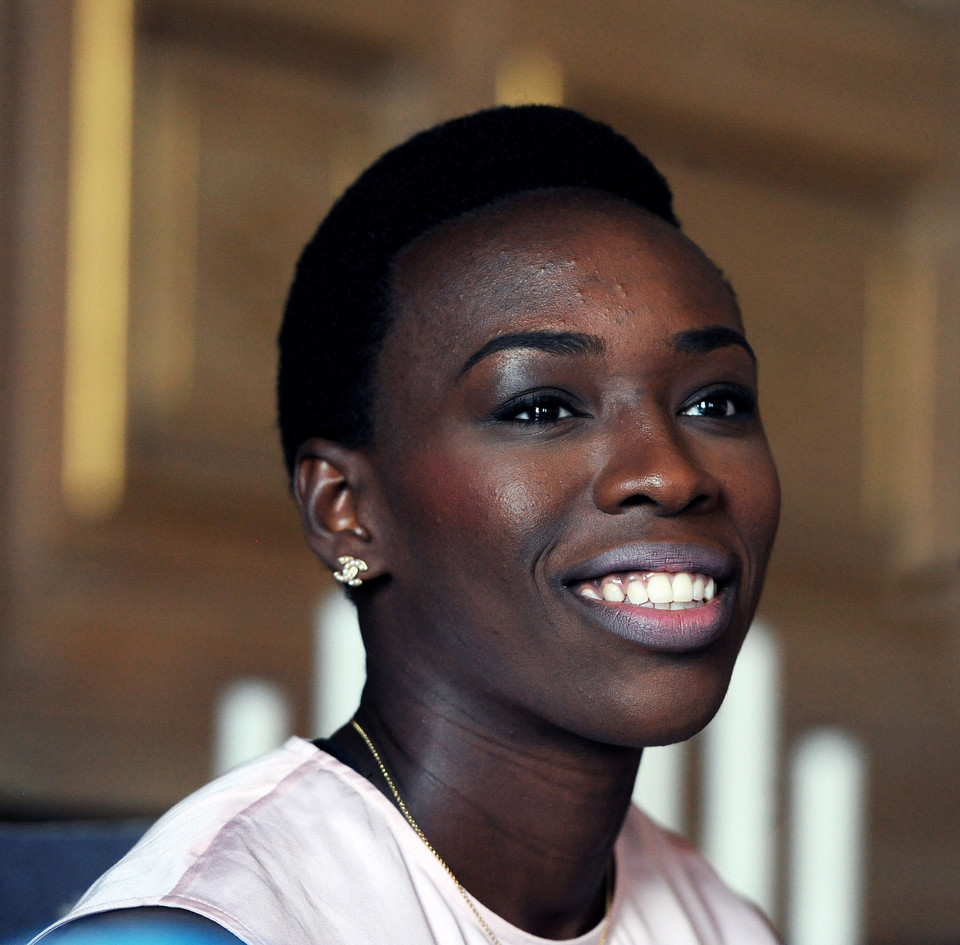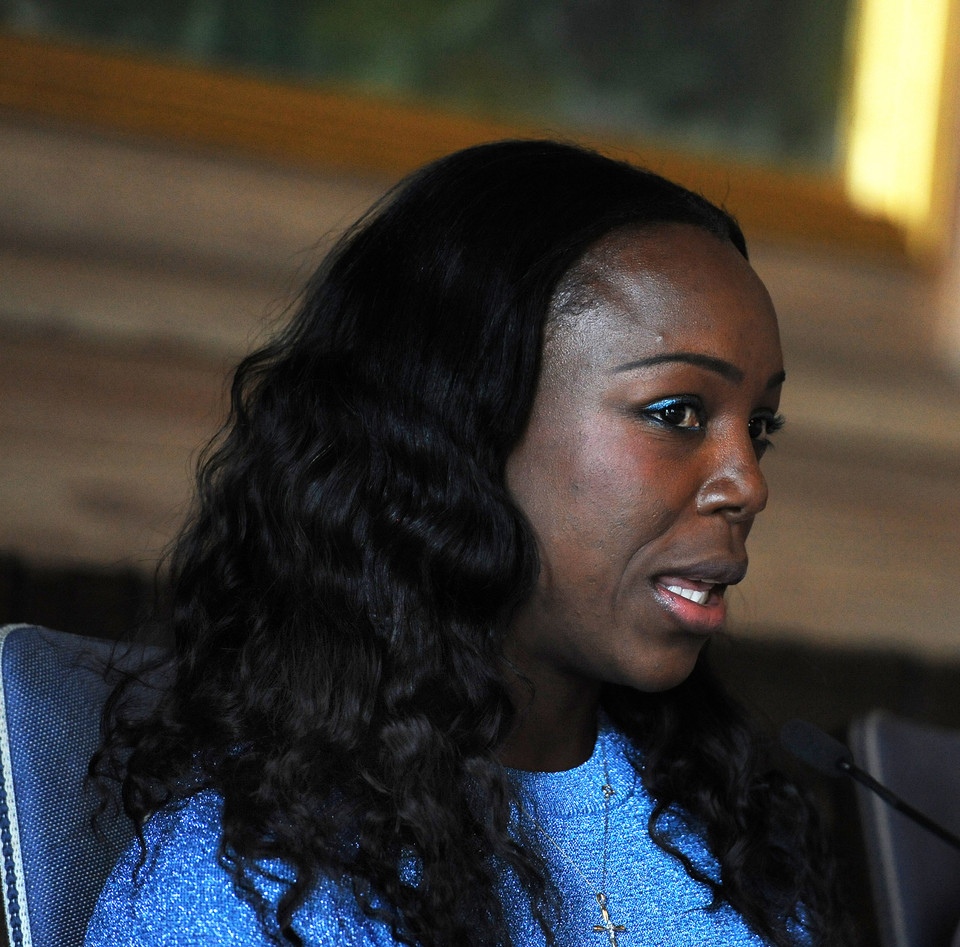Sotomayor himself – super cool in shades, sneakers and red trousers – was there to hear them, and will be there in the Bislett Stadium to see them try, once again.
It seems very likely that Sotomayor – who competed five times at Bislett in the late 1980s and 1990s – will see at least one of his longstanding marks go, as his meeting record from 1989 stands at 2.37m.
How much higher the new high flyers will manage remains to be seen, but every effort has been made by the meeting’s organiser, Norway’s 1994 European high jump champion Steinar Hoen, to make it a special night for the event.
At his direction, the meeting has opted out of running the pole vault in order to site the high jump at the most advantageous area in the stadium in terms of the wind. And to move the whole jumping area closer to a crowd whose deep knowledge of the event will ensure what is hoped will be an inspirational level of support.
So how does Sotomayor feel about these grand attempts to knock him out of the record books?
“This new generation is a very good generation,” he said. “Having more than one good jumper helps everyone to jump higher. My generation was good too, with people also jumping 2.40m. They helped me to jump higher, and this generation can do the same for each other.
“I know that sooner or later my record will be broken. It’s going to happen. It could be tomorrow. No record is forever.
“Last year the jumpers tried and they went very high, they were very close. So it can happen any day. But I would prefer it not to be broken!”
By the end of a gripping season of competition last year, Ukhov, Russia’s Olympic champion, and Bondarenko, Ukraine’s world champion, had both cleared 2.42m, and Barshim had become the second-highest jumper of all time with 2.43m. Edging closer and closer…
Barshim, wearing a hat with the logo “What gravity, huh?!!”, acknowledged it would be special to break the world record in his Oslo debut with the world record-holder looking on.
“With Soto watching, it would be extra special. He don’t want it to be broke – but if it got to happen, it got to happen!” Grinning broadly at Sotomayor, he added: “If it happens, you’ve got to deal with it. If not, I’ll send you the video some time!
“I heard the weather is going to be good. That’s exactly what we need to jump the world record. But I just want to come out there in the best way possible and to jump high.”
Barshim said that he welcomed being able to jump closer to the crowd, which meant “people can really get involved”, and his enthusiasm was shared by Bondarenko.
Explaining the decision not to hold the pole vault, Hoen said: “We did this to give an advantage to the high jump. Otherwise it was impossible because of the design of the stadium. So we have traded away the pole vault and we now have the whole area for the high jump, which means we can put the pit where the wind is optimum.
“The best Norwegian high jumper tried it out today. I spoke to him just now; he said it was fantastic to jump in that way.
“You are closer to the public – you have the spectators on the side – it will feel a lot like a high jump gala, like Arnstadt. So we have the best possible conditions and we are hoping for something special tomorrow.
“Firstly we hope for a new stadium record – that will be 2.38m. And if someone does 2.40m, it will be the first time on Norwegian soil. After that it’s just a bonus. When we have so many good jumpers, maybe I am lucky to have one of them that has a good day.”
Hoen added: “This new generation is I think better than the generation in the 1990s, even though the record is still with Javier. So many now are jumping 2.40m or more. We have three jumpers here today, but we have got a couple more back in the hotel that are going to compete tomorrow that have also got 2.40m last year.
“In the 1990s, people like Patrik Sjoberg were jumping 2.40m, so Soto had to jump high just to win, and that’s the same today. And I think that’s why the record will be broken, because you need to be at the top of your game to do it.”
Barshim has won both of the IAAF Diamond League high jumps so far in 2015, clearing 2.38m in Shanghai and 2.41m in Eugene.
“During my first meeting in Shanghai I wasn’t feeling great and I didn’t know what I could jump,” he said. “I was just going for the win, early in the season. I didn’t want to do anything stupid and hurt myself.
“In Eugene I wanted to go on after 2.41m, but I got some cramps and I didn’t want to be greedy so I settled for the win.”
Commenting on his disappointing third place at the recent Asian Games, he said: “I think I was too afraid. I didn’t want to do anything like injure myself. It was raining, and I just didn’t want to risk injuring myself. It is World Championship year this year, and the Olympics in 2016, and I am in good shape right now.”
Bondarenko, who only managed 2.32m in Shanghai, although he has a 2.37m to his credit this year, added: “Last year I began with a 2.40m in Tokyo, but this year it didn’t happen like that. I hoped I would be better at this stage of the year, so maybe tomorrow I will improve. I am looking for a season’s best, and the meeting record.”
Campbell-Brown has high hopes
Meanwhile Jamaica’s two-time Olympic 200m champion Veronica Campbell-Brown is looking forward, like Barshim, to an Oslo debut.
“It’s an honour to be here, and I am hoping to run my fastest time of the season tomorrow,” said the two-time world champion, who will compete over 100m against a field that includes the Ivory Coast’s double world silver medallist Murielle Ahoure, who spends some of her training time in Oslo.
That will mean running faster than 11.04 for Campbell-Brown, and while she will doubtless do that, she has her work cut out against Ahoure, whose first 100m run out at Eugene saw her record 10.81 in a race where she lost out to Jamaica’s world and Olympic champion Shelly-Ann Fraser-Pryce by two thousandths of a second.
“I was pleased, but I wasn’t surprised because I had been doing those kind of times in training,” Ahoure said. “Losing by such a small margin wasn’t a problem. It was a very exciting start to the season.”
Meanwhile Norway’s Ezinne Okparaebo is targeting the IAAF World Championships qualifying mark of 11.32. “That’s what I’m aiming at,” she said.
Mike Rowbottom for the IAAF and the IAAF Diamond League






